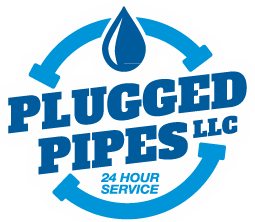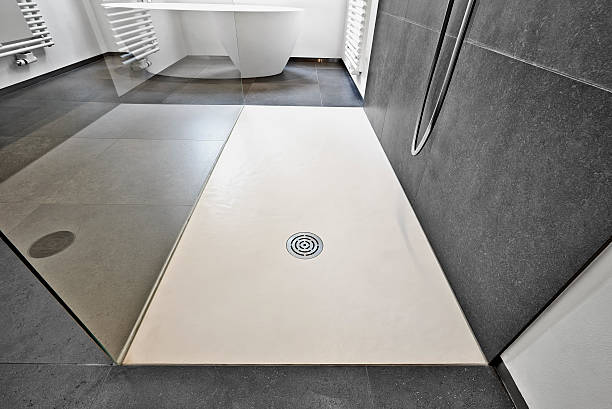The bathroom is one of the busiest rooms in any home, making it particularly prone to plumbing issues. From clogged drains to leaky faucets, these problems can be both a nuisance and a source of costly repairs if left unaddressed. However, with some regular maintenance and a few preventative measures, you can keep your bathroom plumbing running smoothly. In this post, we’ll explore the most common bathroom plumbing problems and offer practical tips to help you prevent them.
Clogged Drains:
Clogged drains are one of the most frequent plumbing issues in bathrooms. Hair, soap residue, toothpaste, and other debris can accumulate in your sink, tub, or shower drains over time, leading to slow drainage or even complete blockages. This can be particularly frustrating and, if severe enough, may require professional intervention to clear the pipes.
To prevent clogs, it’s a good idea to use drain covers or strainers in your sinks, tubs, and showers. These simple devices catch hair and other debris before they can enter the drain, making them easy to remove and dispose of. Additionally, avoid pouring greasy or oily substances, like certain beauty products, down the drain, as these can solidify and contribute to clogs. Regularly cleaning your drains with a natural solution of baking soda and vinegar, followed by hot water, can also help keep them clear and free-flowing.
Leaky Faucets and Fixtures:
Leaky faucets and fixtures are not only a common annoyance but can also lead to significant water waste, driving up your utility bills. Over time, the constant dripping can wear down your sink or tub surfaces, leading to further damage. Leaks are often caused by worn-out washers, loose connections, or corroded parts inside the faucet or fixture.
To prevent leaks, make it a habit to regularly check your faucets and fixtures for any signs of dripping or water pooling around the base. Tightening loose connections with a wrench can often stop minor leaks, but be sure not to overtighten, as this can cause additional damage. If you notice a persistent leak, it may be due to worn-out washers or other internal components that need to be replaced. Addressing these small issues promptly can prevent more extensive repairs later on.
Foul Odors:
Foul odors in the bathroom can be a sign of underlying plumbing issues, such as a dry P-trap, clogged drains, or a buildup of bacteria and waste in the pipes. The P-trap, a U-shaped pipe under your sink, is designed to hold water and prevent sewer gases from rising into your home. However, if a sink is not used frequently, the water in the P-trap can evaporate, allowing unpleasant odors to escape.
To keep your bathroom smelling fresh, make sure that all P-traps are filled with water. If a sink or shower isn’t used often, periodically run water through the drain to refill the P-trap. Regularly cleaning your drains with a mixture of baking soda and vinegar can also help eliminate bacteria and waste buildup, which are common sources of bad smells. Additionally, ensure that your bathroom’s vent pipes are clear of obstructions, as blocked vents can cause odors to back up into your home.
Conclusion:
Keeping your bathroom plumbing in top shape doesn’t have to be a daunting task. By taking proactive steps to prevent clogs, fix leaks, and eliminate odors, you can avoid many common plumbing problems and ensure your bathroom remains a comfortable and functional space. Regular maintenance and timely repairs are key to preventing small issues from becoming major headaches, so don’t hesitate to call a professional plumber if you encounter a problem that’s beyond your expertise.

